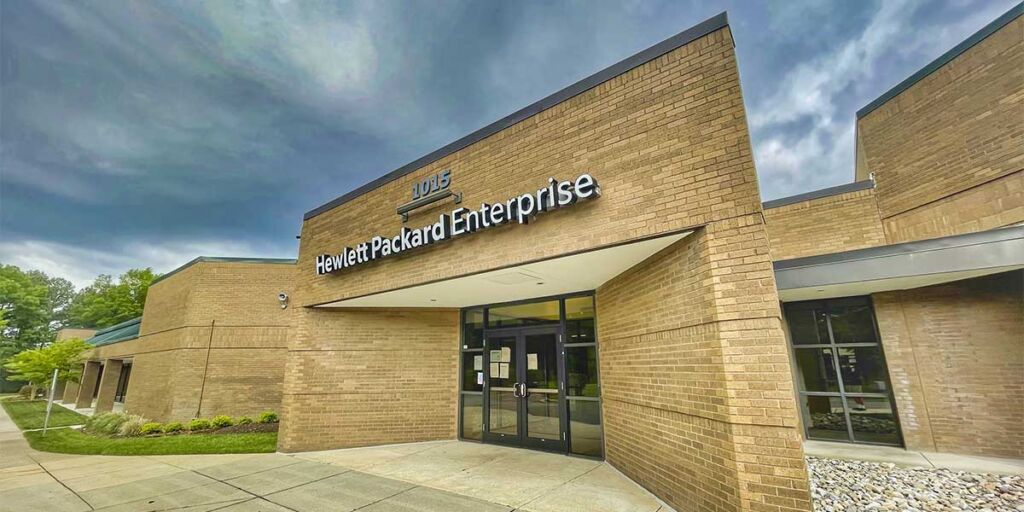Peter Burrows of Bloomberg News recently wrote an article titled, “CEO, the Least Popular Job in Silicon Valley” regarding the error and lack of foresight of many companies in grooming new leaders. Hewlett-Packard, for example, is now on their fourth CEO (Meg Whitman) in just over six years. According to Burrows, very few firms have done a good job of grooming the next generation of leaders.
In 1995, HP was one of the companies Jim Collins featured in his book, Built to Last as a leader in the industry and example to follow. What happened?? The answer is simple. HP forgot WHY Collins identified the company as a leader.
In his book, Collins distinguishes the link between homegrown management versus hiring outside for top positions. According to Collins:
-
Insiders understand and preserve the company core values in a way that outsiders usually cannot.
-
Home-grown leaders can also be change agents, building on the core values while moving the company in exciting new directions.
-
Only 2 of the 18 leading companies featured in Built to Last hired outside for top leadership.
-
Conversely, the LEAST successful organizations were six times more likely to hire outside for a CEO.
The previous HP leaders (Carly Fiorina, Mark Hurd, and Leo Apotheker) including Whitman, were all recruited from outside the organization and according to Burrows, operated on out-of-date business ideas.
John Thompson, vice chairman of Heidrick & Struggles points out, “this is the first time in tech history that you have this many companies with CEOs approaching 60 that don’t have any obvious successors.” Long-term CEO of Cisco, John Chambers, and Microsoft’s Steve Ballmer have both exhausted the leadership back-bench and the organizations are now faced with going outside the company for their next CEO. This dilemma is certainly a big challenge due to the fierce competition from companies such as Facebook.
According to Jeffrey Sonnenfeld, senior associate dean of the Yale University School of Management, “few companies give much attention to succession planning until a crisis hits. Most organizations are more concerned with near-term earnings over long-term risk-taking.”
The old trend is to weed out talent, recruit outside and pay top dollar or promote an executive that has a proven track record in one area of the business but fails to provide proper leadership development to understand a business’ full breadth.
There are a few exceptions. Intel and IBM both have apprentice programs and as a result, both companies have successfully succeeded at finding internal candidates for their top positions.
Recent surveys conducted by i4pc of top executives reveal the need for leadership development; however, few organizations actually provide programs to cultivate their leaders.
Among the many issues and gaps uncovered in i4pc’s study, talent management, performance management, and innovation stood out as areas where the gap between importance and effectiveness was particularly wide. For example:
-
Only 25% of the study’s respondents said leadership was effective at managing change, yet 74% said change management was important.
-
76% of respondents said performance management is very important this year, but only 30% said their companies are effective at actually doing it.
-
79% of respondents said aligning the workforce to business strategy was important; however, only 33% said they were effective at doing so.
The gap between importance and effectiveness provides a ready-made roadmap of issues organizations need to immediately prioritize as targets for improvement.
At the end of the day, which organization do you want to emulate? The HP identified in Collins’ Built to Last or today’s HP?
